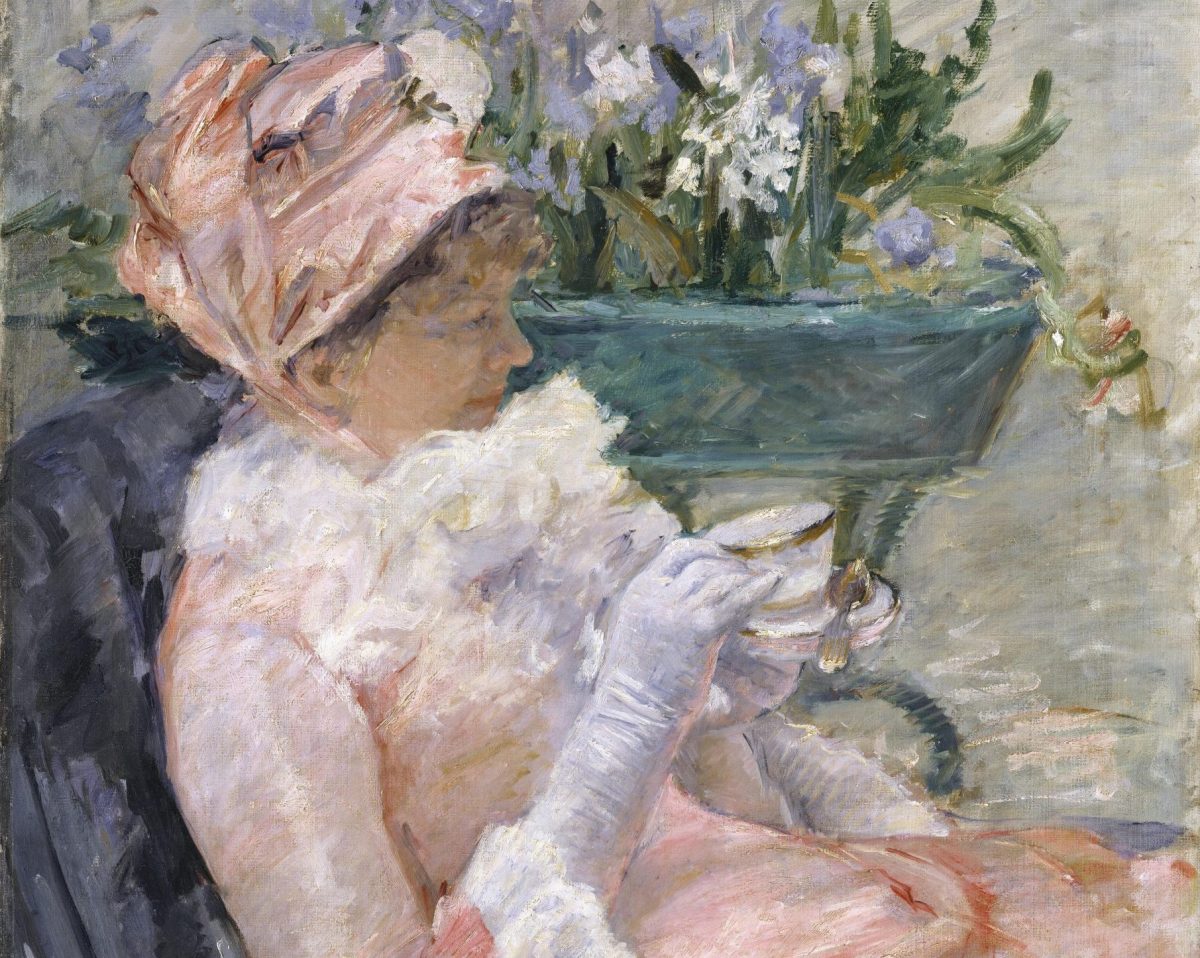
The Cup of Tea by Mary Cassatt, c.1879
I love October mornings. There is something special in the aesthetics of this month. What is really beautiful, apart from falling orange and red leaves, are some other aesthetics that create so much warmth and positive (and also motivating) emotions. It’s no wonder why there are so many of those famous “Hello October” photos with falling leaves, books, a cup of coffee, chocolate, tea… For me, October is officially the beginning of that meditative, calm, two-month period where there is no “noise” and no hype. Just you, cold mornings (depends in what part of the world you live) and those afternoons when you are trying to catch the last of those cozy and warm sun rays. This time of autumn season is the time to simply enjoy nature and all that peace and silence. With your favorite cup of coffee, chocolate or tea. It depends on what you prefer.

Again, the “Hello October” photos showing the coffee and the books are today some sort of chic, although many people considering it more and more irritating. No matter what group you belong, 150 or more years ago, apart from socializing, a favorite cup of chocolate, coffee or tea were the symbols of fashionable elegance and class.

A liquor “that revives the spirits”
Today there are a dozen or even hundred of coffee types, and usually, everyone chooses them by taste. But once, good taste meant also good quality.
A liquor “that revives the spirits” was made in a special way to enjoy the best taste. The aesthetics of great coffee meant also the proper measure.
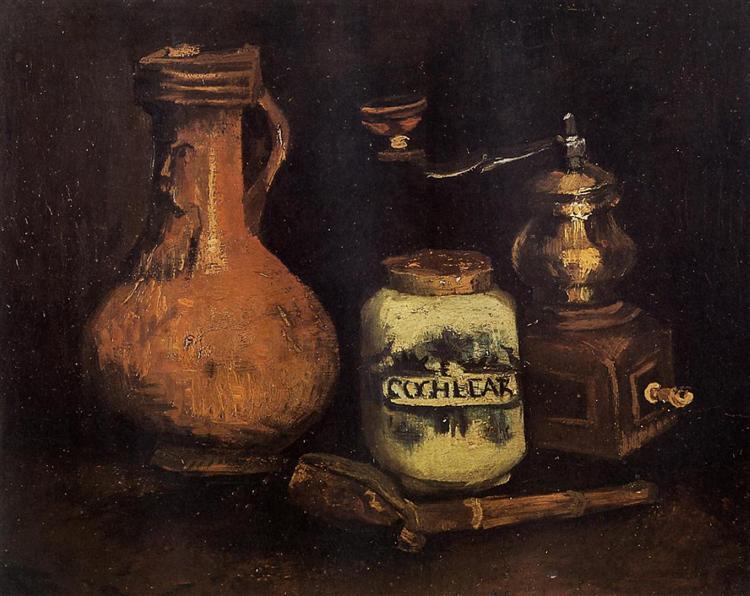
So, if someone, during the calm and melancholic autumn season afternoons, wanted to taste the best, the coffee must be made by following certain rules. The following is one of those rules:
Chocolate – For those Who Want Something Nourishing
Once believed it helps with stomach difficulties, hot chocolate gained popularity as soon as it spread in Europe. During the early years, chocolate was composed of cacao, white sugar, cinnamon, Mexican pepper, cloves and anniseed. Some added almonds, hazelnuts and orange flower water to this mixture. Although it was believed the cloves correct bad breath and illness of the mouth, good manufacturers who produced the best chocolate didn’t use it because it was known it cause stomach problems. It’s interesting to note that there was a low-quality and a high-quality chocolate. Usually, greedy merchants made the chocolate low-quality by adding a large quantity of rice flour to the mixture. This kind of chocolate, according to some authors, thickened the water so much that “on growing cold the liquid finally turned into a jelly.”
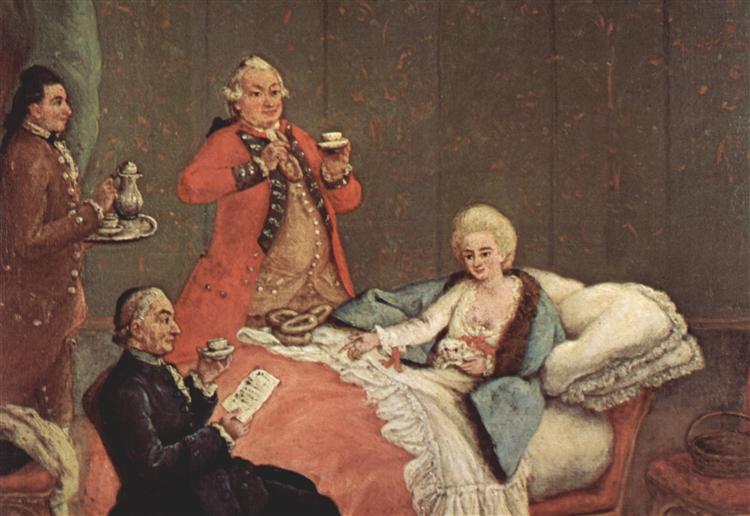
High quality chocolate was consumed by those who had a preference for something nourishing. There was even a story that Cardinal Richelieu “owed to chocolate the restoration of his health, that had been greatly impaired by the hypochondria, that had resisted all the medical means.”
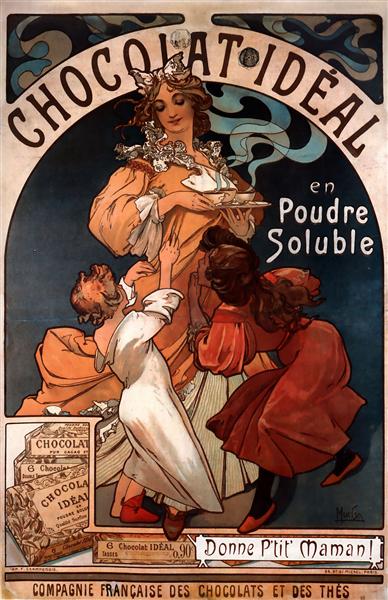
High quality chocolate was usually sweetened with the finest sugar and even, if the autumn season brought some special occasion, rum or French brandy were mixed into the fine drink. Black cherries, raspberries and mulberries were added to prevent digestion problems.
The Influence of “Perfumed Leaves” on Health and Moral
Apart from having a positive influence on the human organs, according to some sources, tea was a very important, fashionable and classy drink since the 17th century in Europe. The autumn season brought a lot of cold days and also chilliness.
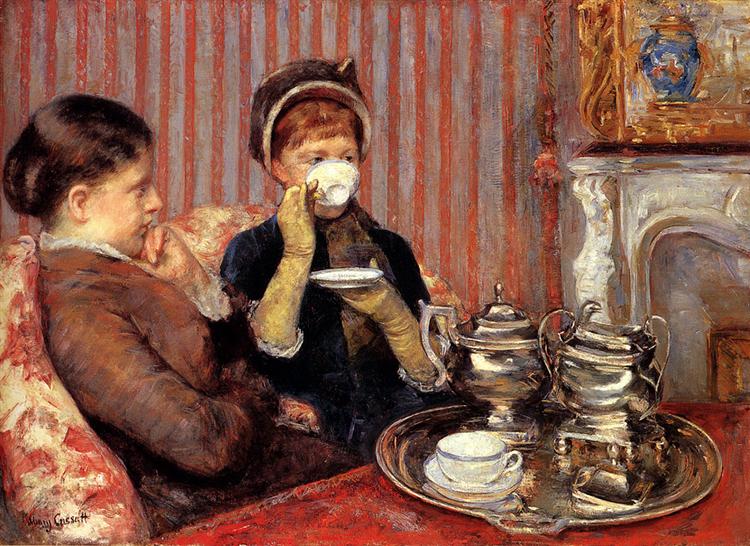
All of that created an unpleasant mood in some people. Tea helped a lot. “The perfumed leaves”, as it was called by some authors, had its “influence on the health and moral nature of man.” Under the cloudy skies that autumn season brought, tea was a top class stimulus. Only the best connoisseurs could recognize high quality tea.
With a little sugar, this liquor was perfect with a healthy breakfast or long and melancholic autumn afternoons.
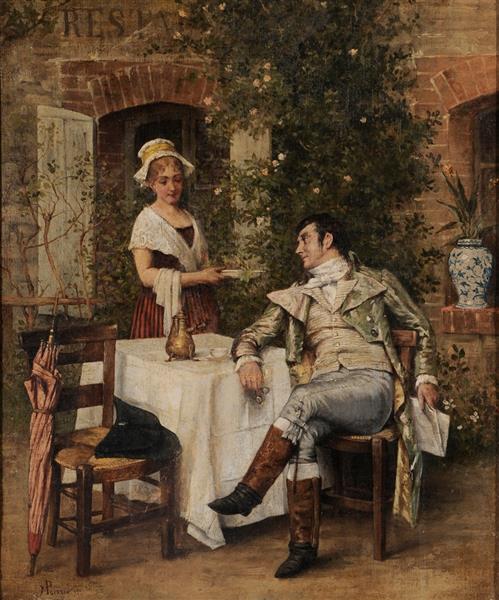
Therefore, these drinks, apart from being very tasty during the autumn season, were and are also a matter of image. Although being more and more criticized for being a cliche, the “Hello October” photos evoke the “vibe” of those old times when all of these things were subordinated, in the first place, to high quality.
History such as this, so beautifully written and bringing to mind Geoffrey Hill, are why I read history at university. Bravo!
Thank you! 🙂